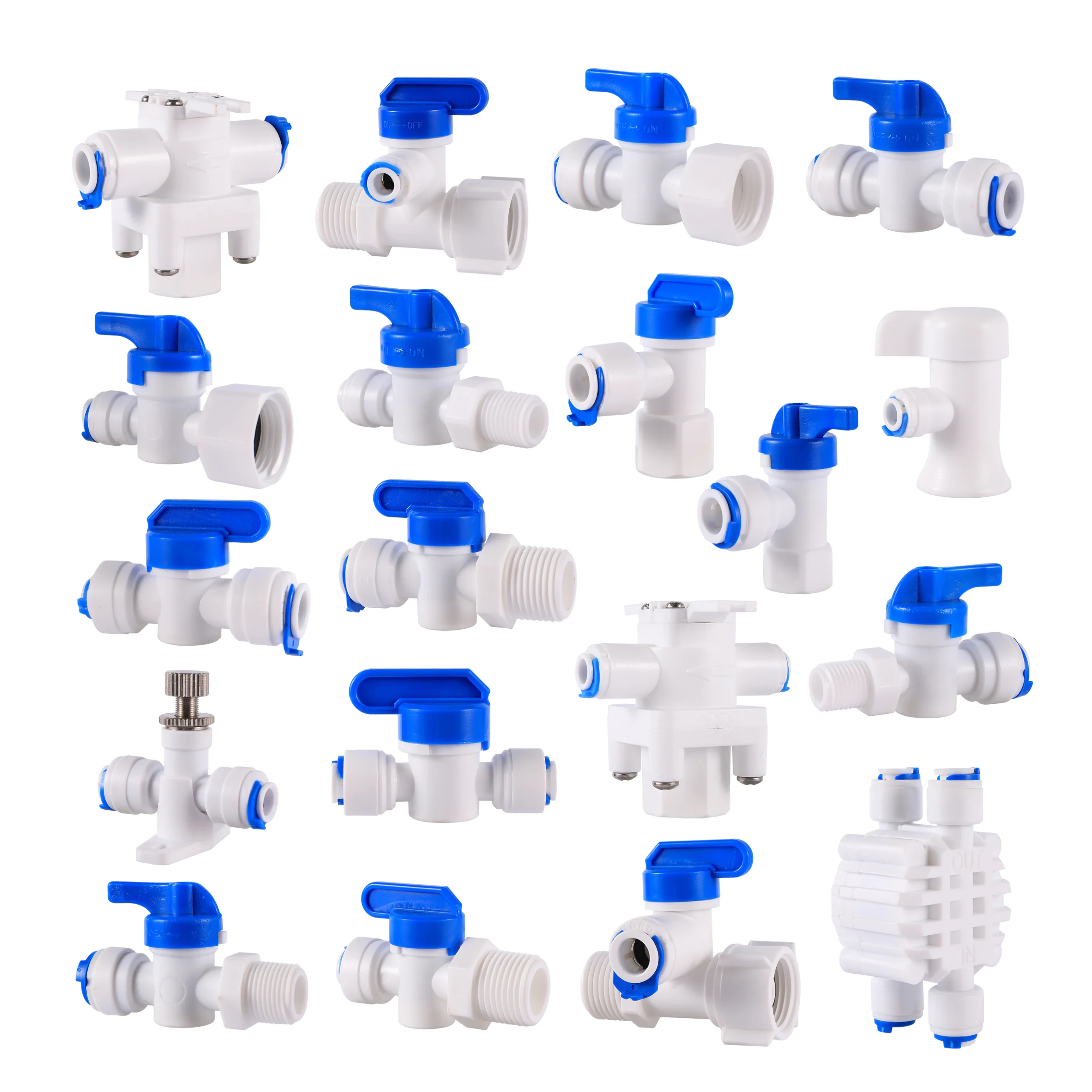Guidelines For Drinking Water Quality

Chemical aspects
The health concerns associated with chemical constituents of drinking-water differ from those associated with microbial contamination and arise primarily from the ability of chemical constituents to cause adverse health effects after prolonged periods of exposure. There are few chemical constituents of water that can lead to health problems resulting from a single exposure, except through massive accidental contamination of a drinking-water supply. Moreover, experience shows that in many, but not all, such incidents, the water becomes undrinkable owing to unacceptable taste, odour and appearance.
In situations where short-term exposure is not likely to lead to health impairment, it is often most effective to concentrate the available resources for remedial action on finding and eliminating the source of contamination, rather than on installing expensive drinking-water treatment for the removal of the chemical constituent.
The great majority of evident water-related health problems are the result of microbial (bacterial, viral, protozoan or other biological) contamination. Nevertheless, an appreciable number of serious health concerns may occur as a result of the chemical contamination of drinking-water.
There are many chemicals that may occur in drinking-water; however, only a few are of immediate health concern in any given circumstance. The priority given to both monitoring and remedial action for chemical contaminants in drinking-water should be managed to ensure that scarce resources are not unnecessarily directed towards those of little or no health concern.
There are few chemicals for which the contribution from drinking-water to overall intake is an important factor in preventing disease. One example is the effect of fluoride in drinking-water in protecting against dental caries. The Guidelines do not attempt to define minimum desirable concentrations for chemicals in drinking water. Guideline values are derived for many chemical constituents of drinking-water.
A guideline value normally represents the concentration of a constituent that does not result in any significant risk to health over a lifetime of consumption. A number of provisional guideline values have been established based on the practical level of treatment performance or analytical achievability. In these cases, the guideline value is higher than the calculated health-based value.
Radiological aspects
The health risks associated with the presence of naturally occurring radionuclides in drinking-water should also be taken into consideration, although the contribution of drinking-water to total exposure to radionuclides is very small under normal circumstances. Formal guideline values are not set for individual radionuclides in drinking water. Rather, the approach used is based on screening drinking-water for gross alpha and gross beta radiation activity. Although finding levels of activity above screening values does not indicate any immediate risk to health, it should trigger further investigation to determine the radionuclides responsible and the possible risks, taking local
circumstances into account. The guidance levels for radionuclides recommended in these Guidelines do not apply to drinking-water supplies contaminated during emergencies arising from accidental releases of radioactive substances to the environment.
Acceptability aspects: taste, odour and appearance
Water should be free of tastes and odours that would be objectionable to the majority of consumers.
In assessing the quality of drinking-water, consumers rely principally upon their senses. Microbial, chemical and physical constituents of water may affect the appearance, odour or taste of the water, and the consumer will evaluate the quality and acceptability of the water on the basis of these criteria. Although these constituents may have no direct health effects, water that is highly turbid, is highly coloured or has an objectionable taste or odour may be regarded by consumers as unsafe and rejected.
In extreme cases, consumers may avoid aesthetically unacceptable but otherwise safe drinking-water in favour of more pleasant but potentially unsafe sources. It is there fore wise to be aware of consumer perceptions and to take into account both health related guideline values and aesthetic criteria when assessing drinking-water supplies and developing regulations and standards. Changes in the normal appearance, taste or odour of a drinking-water supply may signal changes in the quality of the raw water source or deficiencies in the treat[1]ment process and should be investigated.


 Yedek Parçalar
Yedek Parçalar